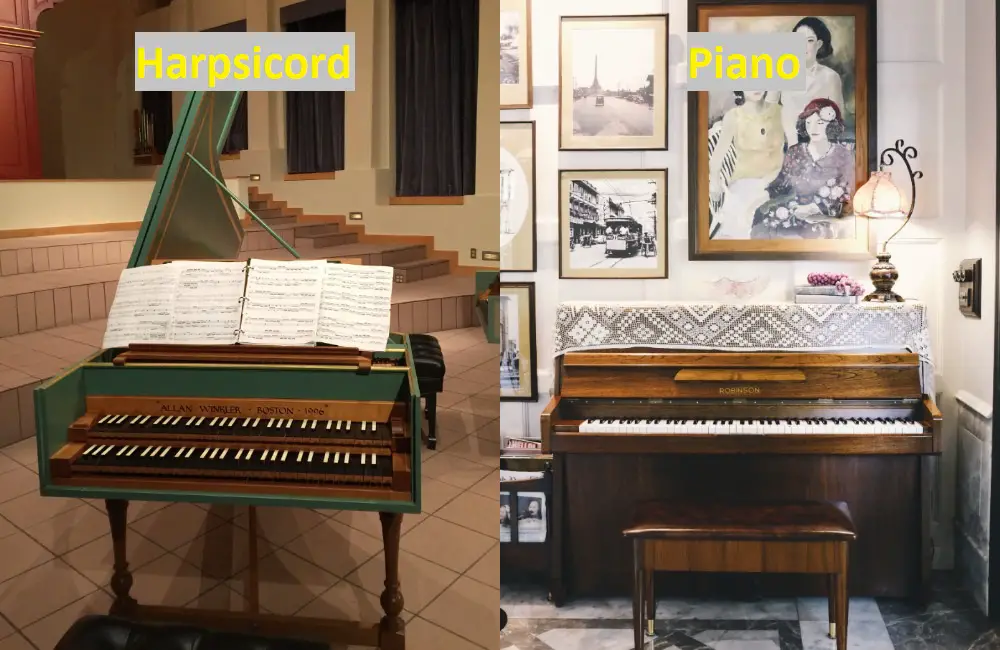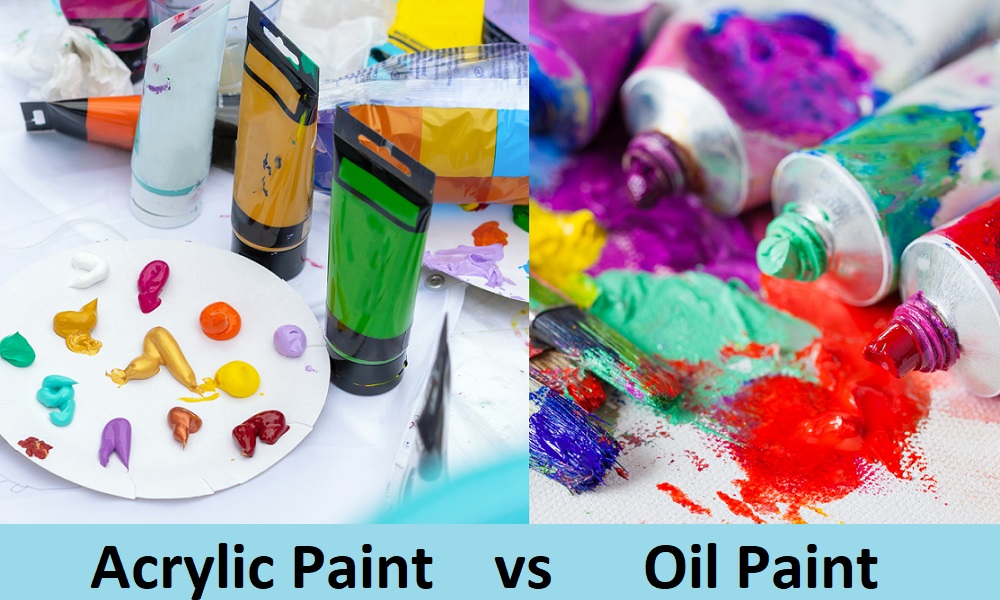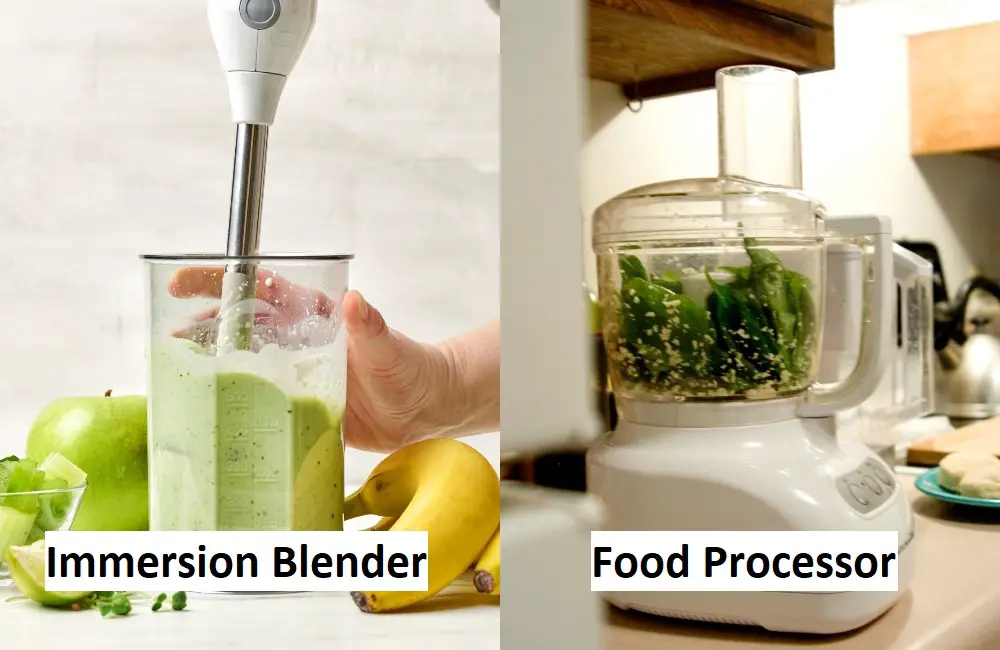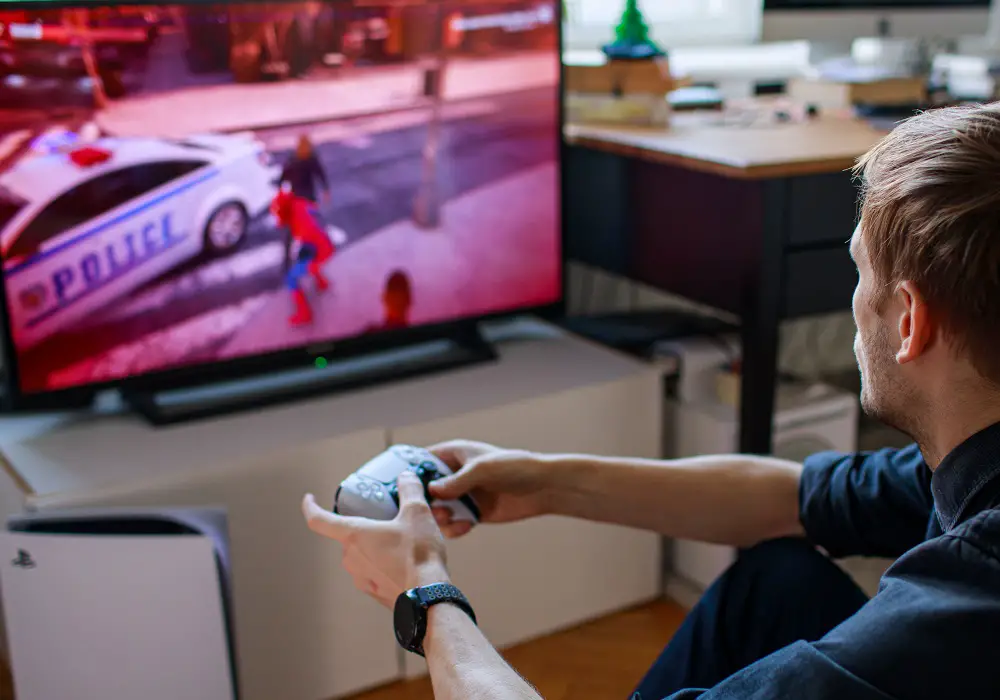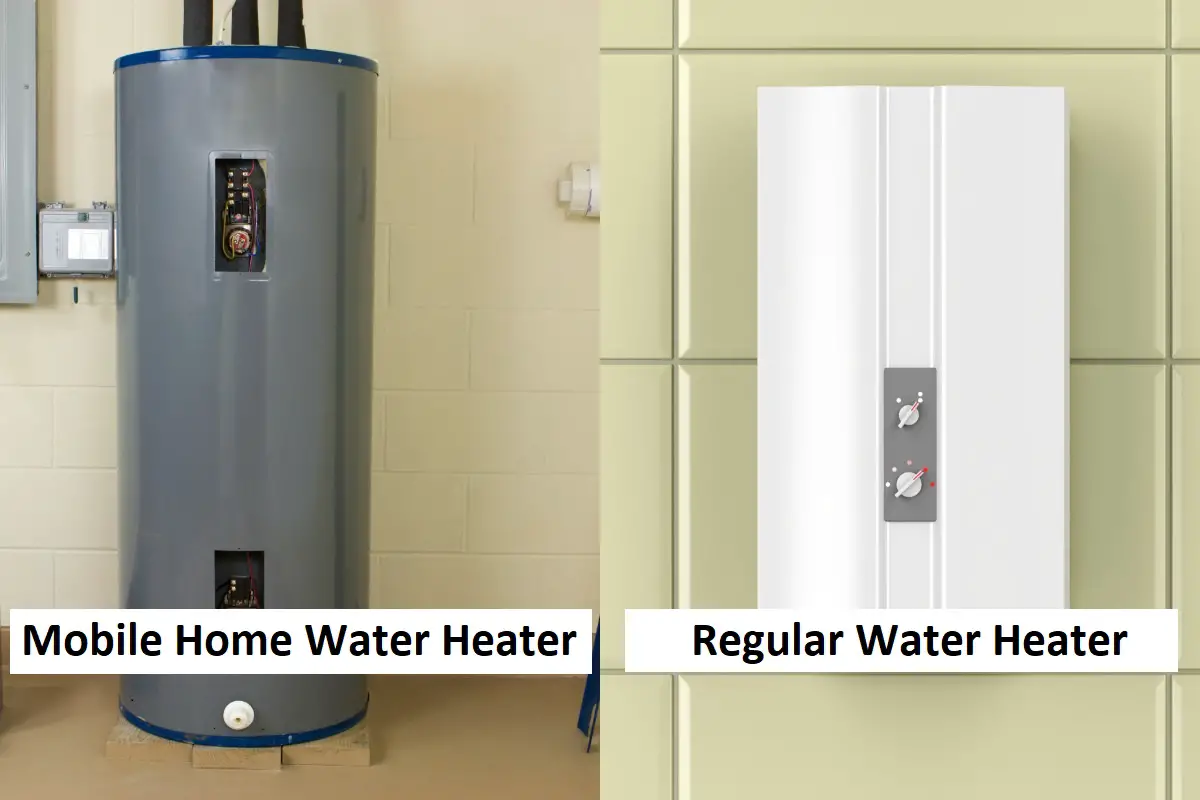Harpsichord vs. Piano: What Are The Differences?
In the harpsichord vs piano battle, the latter would definitely be a better option because of its versatility. Over 600 years back, musicians used a harpsichord to create rhythms and melodies. It was only during the 18th century that its appeal started to decline with the invention of the piano.
As they are very similar in terms of their shape and way of playing, the line drawing the difference between harpsichord and piano can easily become blurry.
And that’s what is our topic today. Let’s learn more about it.
Harpsichord vs. Piano: An Overview
Both of the instruments produce sound when you press the keys, but the difference lies on the inside. We must consider that the piano came years after the harpsichord, so it is bound to be more advanced. The technology that was once used inside the harpsichord is almost obsolete now.
The piano uses a very simple hammering mechanism were pressing the keys will trigger an impact on the strings to produce the sound; this produces consistent and clear sounds with the press of each key.
On the other hand, when you play the keys on the harpsichord, the strings are plucked instead of being hammered. Each key has plectrums attached to it, which plucks the strings just like a guitar. While it’s true that the harpsichord’s sound is not as crystal clear as a piano, it has more of a natural melodic feel to it.
One of the drawbacks of using a harpsichord is that it needs to be tuned every time you play it, much like a guitar. In such cases, the piano might be seen as a ready-to-play option with less hassle.
What is a Harpsichord?

Before we try to pick one over the other, let’s get a clear idea of what the harpsichord is.
Since its inception hundreds of years back, the harpsichord has seen numerous developments in its build and strings for clearer sounds. It almost disappeared from the music scene around the 18th century but was revived again in the 20th century.
In essence, a harpsichord is quite like a mini piano since it has fewer keys. Not only that, but the keys are also much slimmer than a piano. Traditional models were always built with high-quality wood until quite recently, when metal frames were introduced.
By now, you already know about the plucking mechanism hiding in the backend of the instrument. When you play a chord on the guitar, you can change the volume by striking the strings harder or softer. In the harpsichord, however, no matter how hard you strike the keys, the sound will always be the same.
What is a Piano?

As we move towards the 18th century, that’s when the piano was popularized because of its versatility and sound clarity. Soon people began to ditch the harpsichord over the instrument with a larger key set.
The small hammers inside the piano are designed to remove the harmonic sounds you might hear from guitars and harpsichords. Instead, the impact of the hammers on the string produces a clean, beautiful sound.
A piano has a total of 88 keys over the harpsichord’s 60, which widens the note variation you can play; this is like giving the musicians a palette with an extra set of unique colors. The keys are also sensitive to the force applied. As a result, hitting the notes hard would give you a louder volume.
You may also read the differences between Fiddle and Violin.
Main Differences Between Harpsichord and Piano
- Pianos use hammers to vibrate the strings upon impact, whereas harpsichords pluck the strings to produce the sound.
- The half-step keys in the piano are always black. Modern harpsichords have white half-step keys, but the traditional ones have black ones like the piano.
- Pianos have a total of 88 keys, but the harpsichord only has 60.
- Harpsichord keys will produce the same note in the same volume no matter how hard you hit the key. Piano keys will change the sound and intensity of the note based on your force.
- Pianos require little to no tuning, but a harpsichord must be tuned before playing every time.
Recommended for You:
Harpsichord vs. Piano: The Comparison Table
| Parameters of Comparison | Harpsichord | Piano |
| Size | Large (requires a tool to sit on while playing) | Large (requires a tool to sit on while playing) |
| Number of Keys | 60 keys | 88 keys |
| Volume Control | No volume control | Volume can be changed based on the force applied to the keys |
| Key Colors | White half-step keys and Black main keys | Black half-step keys and white main keys |
| Tuning required | Yes | No |
Conclusion
Both the traditional instruments produce beautiful melodies and harmonies. The harpsichord, with its natural-sounding tones, adds harmony to any composition. Pianos, on the other hand, take center stage with their clear and crisp sound quality, which is soothing to anyone’s ears.
Although they look similar, the difference between harpsichord and piano is far too much to be ignored.
